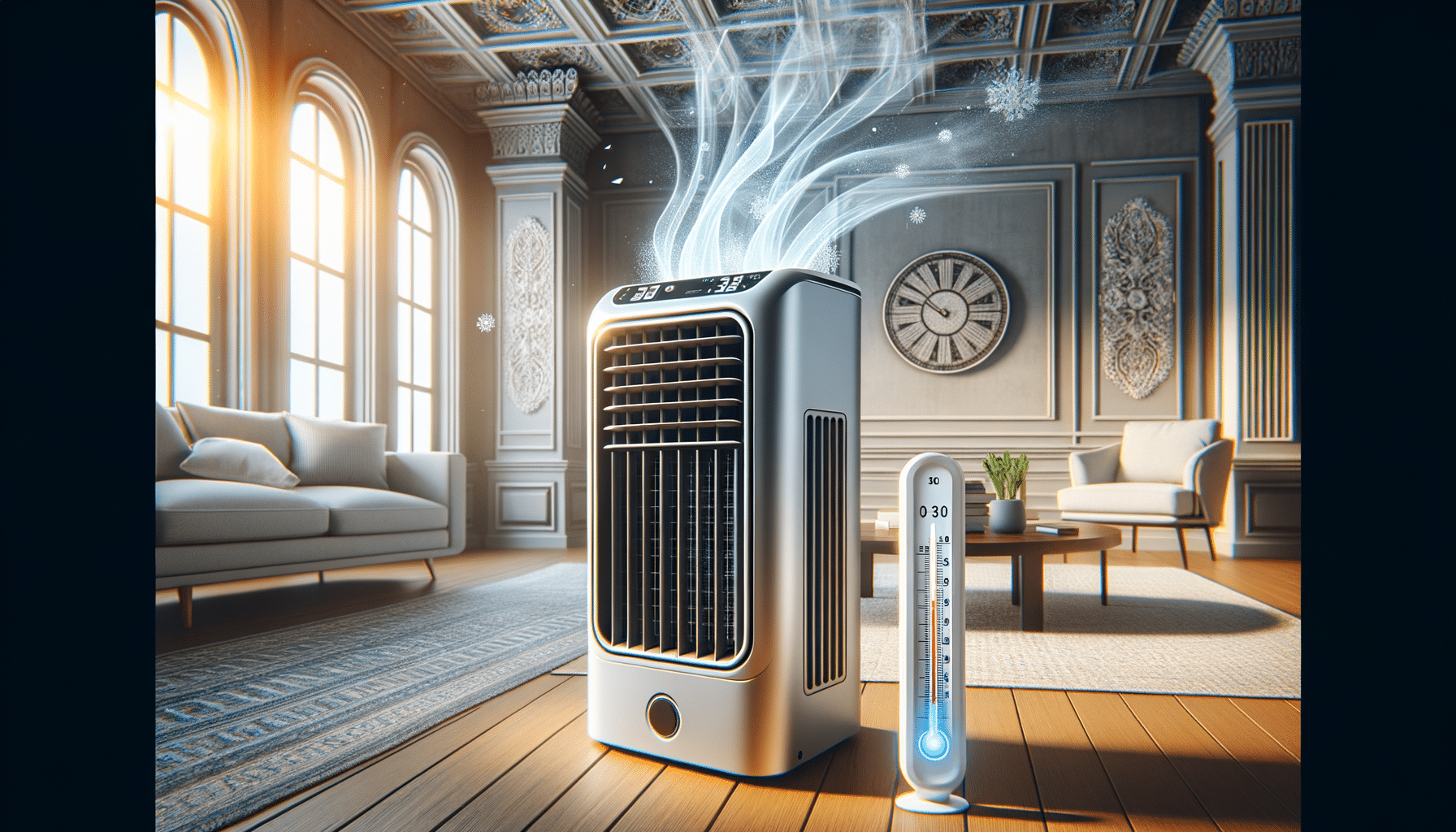
Too Hot to Sleep? Try This Portable Air Cooler
Introduction to Portable Air Coolers
As temperatures rise, finding effective ways to stay cool becomes a priority for many. For those without central air conditioning, portable air coolers offer a convenient and affordable solution. These devices are particularly beneficial for small rooms, apartments, and mobile homes where installing a conventional air conditioning system might not be feasible. With no installation required, they present an easy plug-and-play option to beat the heat. In this article, we will explore the various aspects of portable air coolers, their benefits, and considerations to keep in mind when selecting one.
How Portable Air Coolers Work
Portable air coolers, also known as evaporative coolers, work by utilizing the natural process of evaporation to lower air temperature. They draw in warm air, which passes through water-saturated pads, causing the water to evaporate and cool the air. This cooled air is then circulated back into the room, creating a refreshing environment. Unlike traditional air conditioners that use refrigerants, portable air coolers are more environmentally friendly and energy-efficient. They are particularly effective in dry climates where humidity levels are low, as the evaporation process works best under such conditions. However, in areas with high humidity, their cooling efficiency may be reduced.
Advantages of Using Portable Air Coolers
There are several advantages to using portable air coolers, making them a popular choice for many households. Some of these benefits include:
- Cost-Effectiveness: Portable air coolers are generally more affordable than traditional air conditioning units, both in terms of initial purchase and energy consumption.
- Portability: As the name suggests, these units are portable, allowing users to move them from room to room with ease, ensuring comfort wherever needed.
- Easy Installation: With no need for complex installation processes, users can simply plug the unit in and start cooling their space immediately.
- Eco-Friendly: By using water as a cooling agent, portable air coolers are more environmentally friendly compared to refrigerant-based systems.
These advantages make portable air coolers a practical choice for those looking to stay cool without a significant investment.
Considerations When Choosing a Portable Air Cooler
When selecting a portable air cooler, several factors should be taken into account to ensure optimal performance and satisfaction:
- Room Size: Consider the size of the area you wish to cool. Portable air coolers have varying capacities, and selecting one that matches your room size will ensure effective cooling.
- Climate: As mentioned earlier, portable air coolers work best in dry climates. If you live in a humid area, you may want to explore other cooling options.
- Water Tank Capacity: The size of the water tank determines how long the cooler can operate before needing a refill. Larger tanks provide longer cooling periods.
- Noise Levels: Some units can be noisy, which might be a concern for use in bedrooms or quiet environments. Check the noise level ratings before purchasing.
By considering these factors, users can choose a portable air cooler that best fits their needs and environment.
Conclusion: Staying Cool with Portable Air Coolers
In conclusion, portable air coolers provide an efficient and versatile cooling solution for those without access to central air conditioning. With their ease of use, cost-effectiveness, and environmental benefits, they are an attractive option for many. Whether you’re looking to cool a small room, an apartment, or a mobile home, these devices offer a simple way to stay comfortable during the hot months. By understanding how they work and considering the factors that influence their performance, you can make an informed decision and enjoy a cooler, more comfortable living space.


